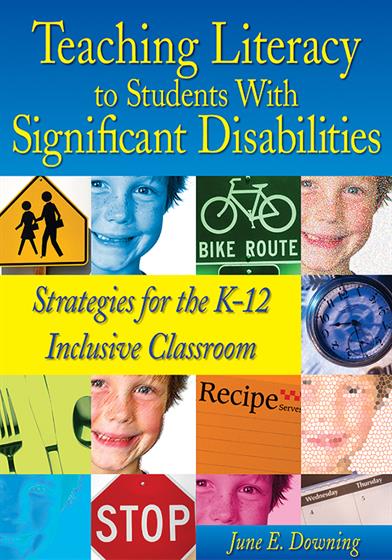Hands-on, Practical Guidance for Educators
From math,
literacy, equity, multilingual learners, and SEL, to assessment, school counseling,
and education leadership, our books are research-based and authored by experts
on topics most relevant to what educators are facing today.

Bestseller!
Teaching Literacy to Students With Significant Disabilities
Strategies for the K-12 Inclusive Classroom
By:
June E. Downing
Break down literacy barriers to enrich the lives of students with significant disabilities!
Brimming with practical ideas, tips, and examples, this definitive guide offers K-12 educators the rationale, research findings, and means for creating an inclusive environment that enables students with significant disabilities to become actively engaged in literacy learning for lifelong success. Highlights include:
Brimming with practical ideas, tips, and examples, this definitive guide offers K-12 educators the rationale, research findings, and means for creating an inclusive environment that enables students with significant disabilities to become actively engaged in literacy learning for lifelong success. Highlights include:
- Effective strategies for tailoring literacy materials
- Tactics for adapting state standards and meeting No Child Left Behind (NCLB) and Individuals with Disabilities Education Act (IDEA) requirements
- Straightforward chapter summaries, frequently asked questions Web sites, and other resources that reinforce key points
- Easy-to-implement planning and assessment guidelines
Product Details
- Grade Level: K-12
- ISBN: 9780761988793
- Published By: Corwin
- Year: 2005
- Page Count: 192
- Publication date: February 01, 2005
Review Copies
This book is not available as a review copy.
Other Titles in: Cognitive Impairments | Severe & Multiple Disabilities | Special Education Instruction


